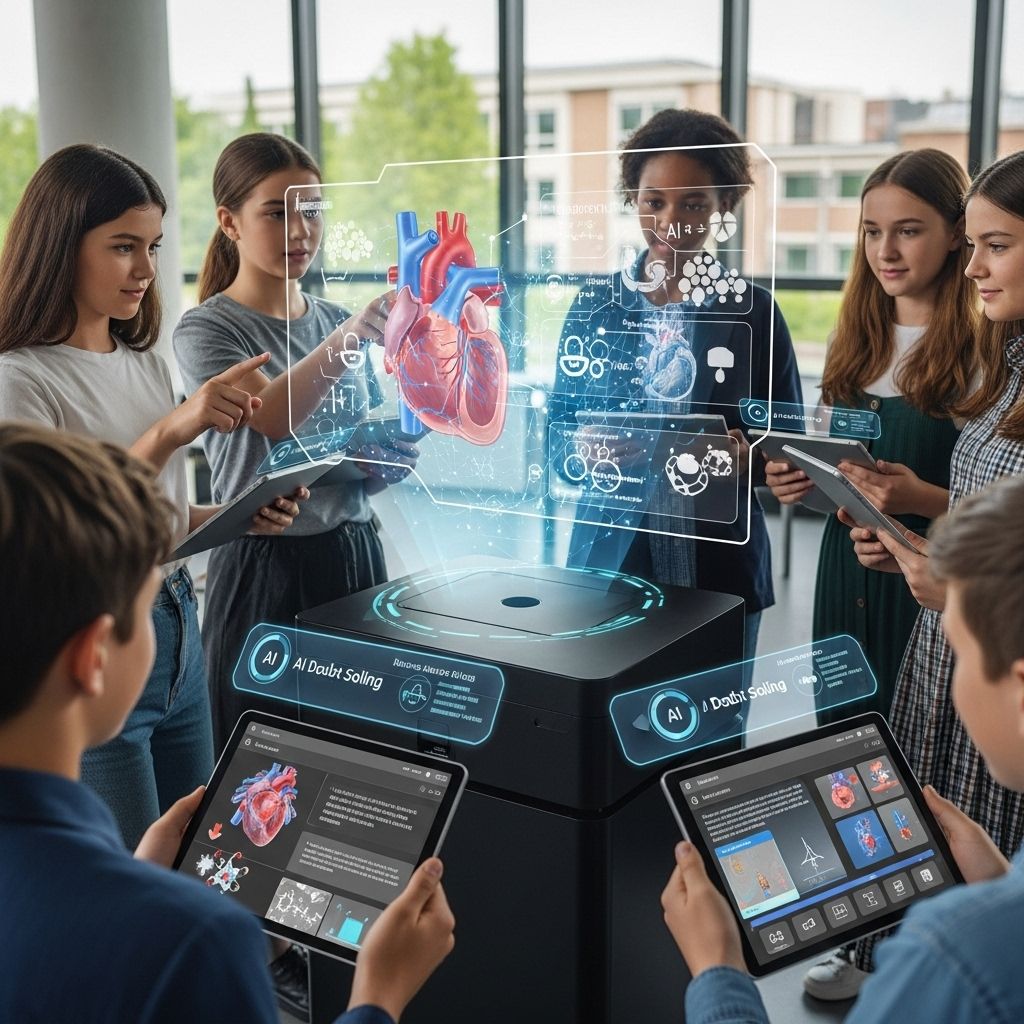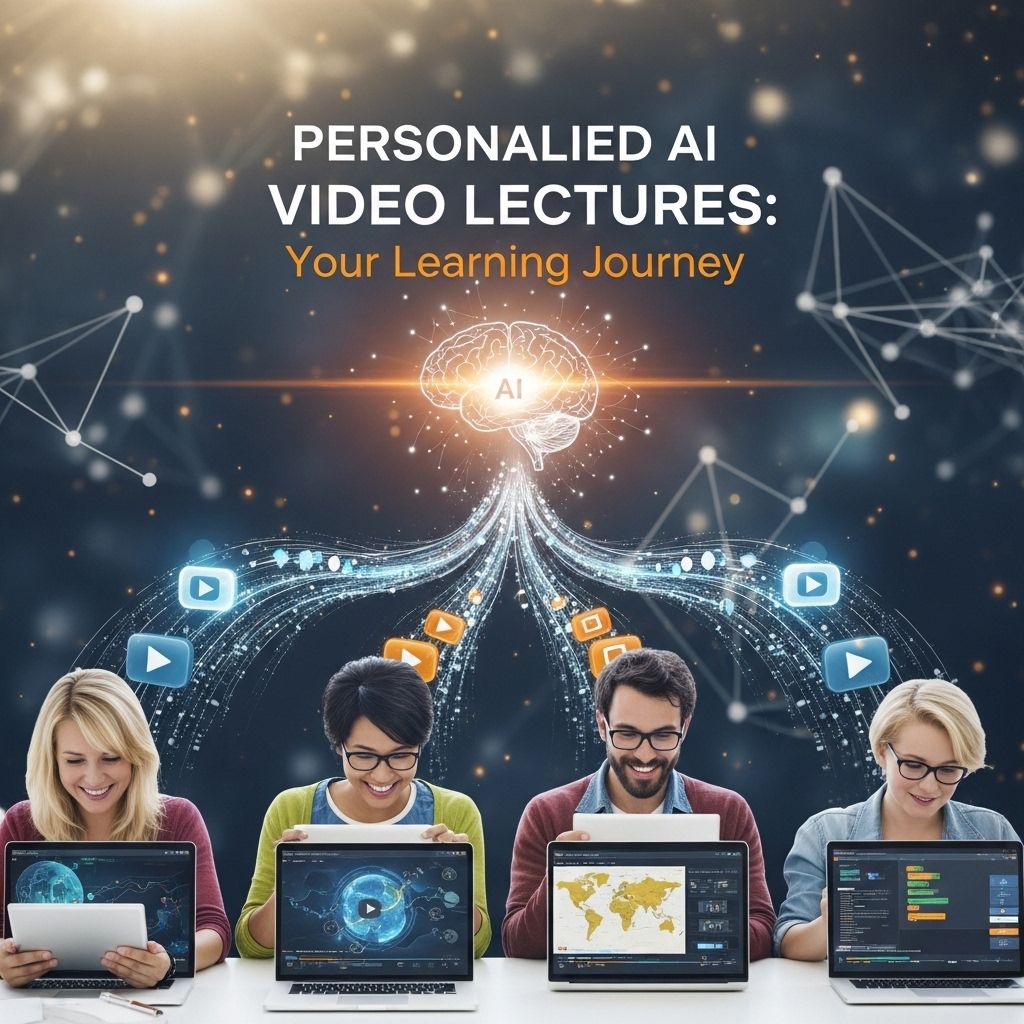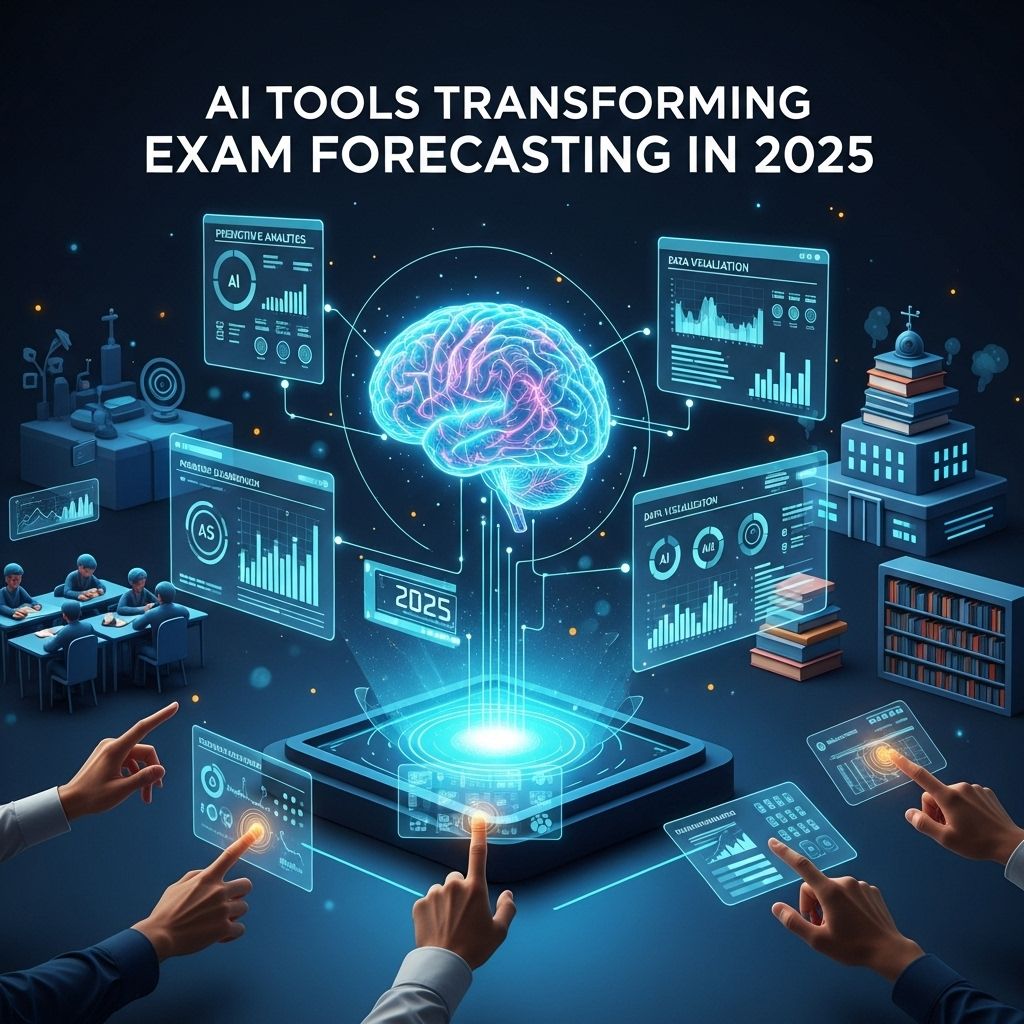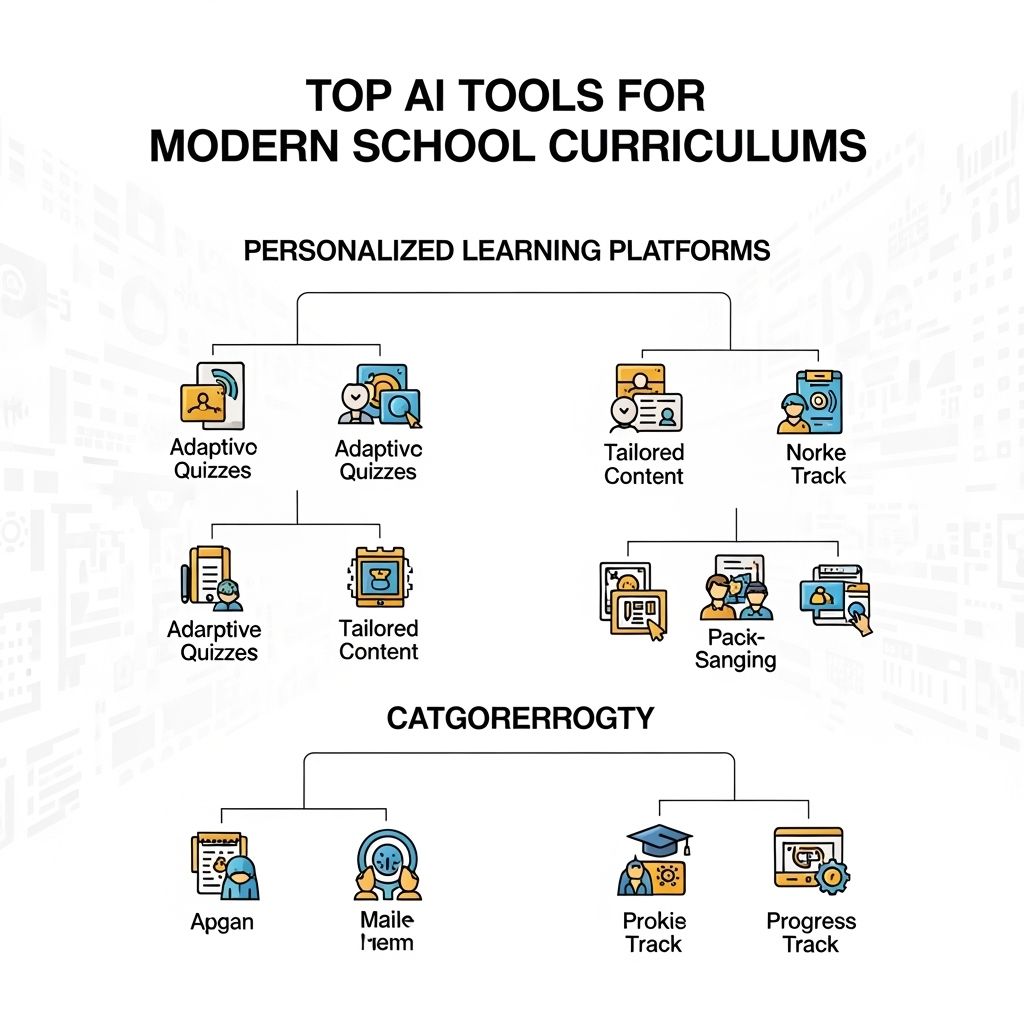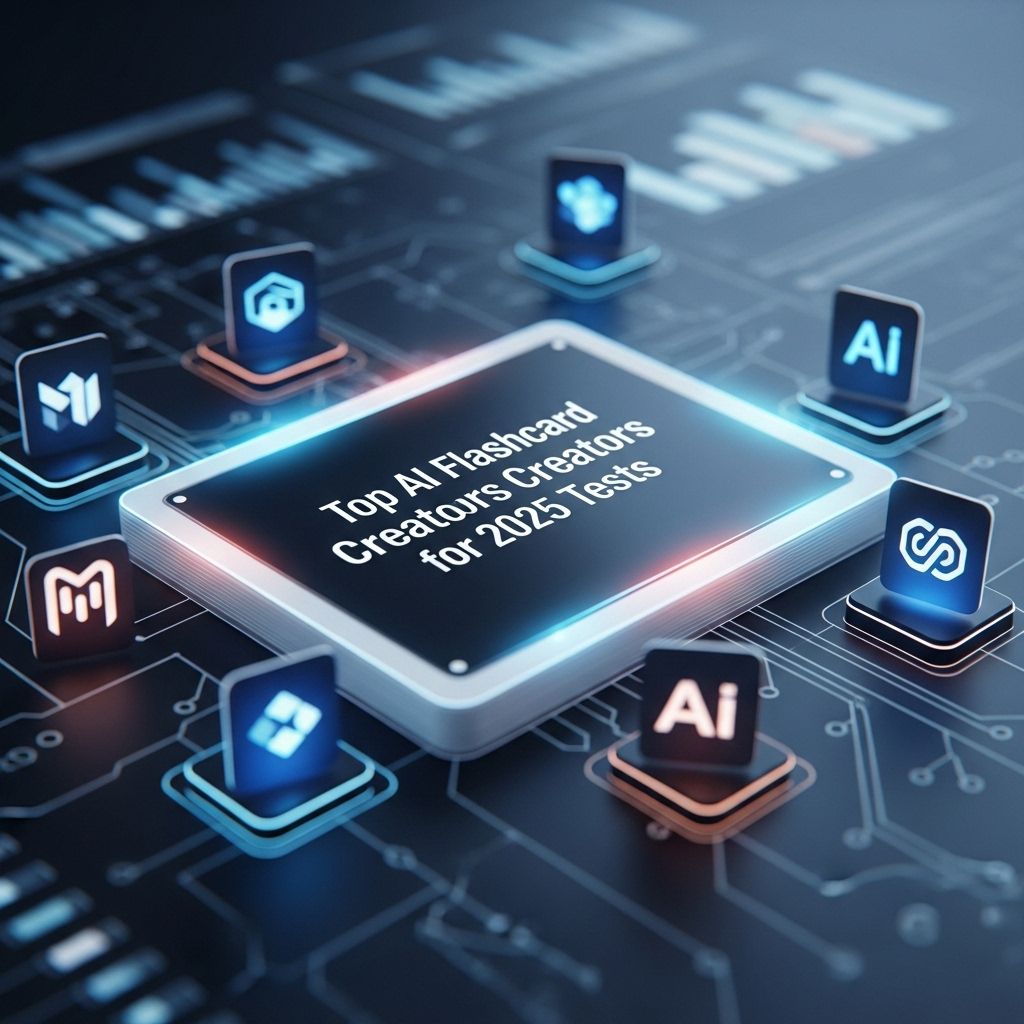Harnessing AI Assistants for Live Teaching Success
Discover how AI assistants can enhance live teaching, improve engagement, and streamline your educational approach for better learning outcomes.

In today’s fast-paced educational landscape, the integration of technology into teaching has become essential for maximizing learning outcomes. Among the most transformative tools are AI assistants, which not only enhance the teaching experience but also engage students in dynamic ways. As educators continually seek methods to improve instructional strategies, understanding how to effectively deploy AI assistants can revolutionize live teaching.
Table of Contents
The Role of AI Assistants in Education
AI assistants are redefining the boundaries of traditional education. They provide real-time support, personalized learning experiences, and data-driven insights that empower both teachers and students. Here are some key roles they play:
- 24/7 Availability: AI assistants are available around the clock, offering students the opportunity to learn outside of standard classroom hours.
- Personalized Learning: These tools can adapt to individual learning styles and paces, ensuring that every student receives the attention they need.
- Instant Feedback: AI can provide immediate assessment of tasks, allowing students to learn from their mistakes in real-time.
- Resource Management: AI helps educators manage resources effectively, from lesson planning to grading.
Implementing AI Assistants in Live Teaching Environments
To harness the full potential of AI assistants, teachers must integrate them strategically into their live teaching practices. Here are some effective implementation strategies:
1. Choosing the Right AI Tool
Not all AI assistants are created equal, and the choice of tool can significantly influence its effectiveness in a live classroom setting. Consider the following factors:
| Feature | Importance | Examples |
|---|---|---|
| Natural Language Processing | Ensures smooth communication with students | Google Assistant, Siri |
| Customization Options | Allows tailoring to specific curriculum needs | ChatGPT, IBM Watson |
| Integration Capabilities | Works well with existing educational platforms | Moodle, Canvas |
| Data Analytics | Provides insights into student engagement and performance | Edmodo, ClassDojo |
2. Training Educators and Students
Effective use of AI requires training. Here’s how to ensure everyone is prepared:
- Conduct workshops for educators on how to effectively use AI tools in their teaching.
- Create easy-to-follow guides for students to understand how to interact with AI assistants.
- Encourage collaborative learning where students can teach each other about their experiences using the AI tools.
Enhancing Student Engagement with AI
Engagement is critical for effective learning, and AI assistants can significantly enhance student involvement in several ways:
Interactive Learning
AI tools can facilitate interactive learning experiences that keep students engaged. Consider the following methods:
- Gamification: Incorporate game-like elements in assignments, where AI assists in creating challenges and tracking progress.
- Virtual Simulations: Use AI to create virtual environments for studies in science, history, and more, allowing students to explore concepts in depth.
- Real-life Applications: AI can curate content that connects classroom lessons to real-world scenarios, making learning relevant and exciting.
Collaborative Learning
AI assistants enable collaboration among students through:
- Group projects where AI helps coordinate tasks and communication.
- Peer review systems that involve AI in evaluating student contributions.
- Discussion platforms where AI can summarize discussions and suggest further reading.
Challenges and Considerations
While the benefits of AI in education are vast, there are challenges that educators must navigate:
1. Data Privacy and Ethics
Handling student data with care is of utmost importance. Educators need to:
- Choose AI tools that comply with data protection regulations.
- Ensure transparency in how student data is collected and used.
- Educate students about data privacy and the ethical use of AI.
2. Over-reliance on Technology
It’s crucial to strike a balance between technology and traditional teaching methods. Here are some tips:
- Use AI as a supplement rather than a replacement for teacher-led instruction.
- Encourage critical thinking by prompting students to question AI-generated content.
- Maintain regular check-ins to ensure technology usage is enhancing, not hindering, learning.
Future Trends in AI and Education
The future of AI in education looks promising, with several trends expected to shape its evolution:
1. Increased Personalization
As AI technology advances, it will provide even more tailored learning experiences, catering to unique student needs.
2. Enhanced Analytics
AI will offer deeper insights into learning patterns, enabling educators to make data-informed decisions and improve curricula.
3. Integration with Augmented Reality (AR)
The combination of AI with AR can create immersive learning environments, further bridging the gap between theoretical knowledge and practical application.
Conclusion
The integration of AI assistants in live teaching presents an exciting opportunity to enhance educational experiences. By carefully selecting tools, training educators and students, and understanding the challenges involved, schools can leverage AI to create more engaging, personalized, and effective learning environments. As technology continues to evolve, staying abreast of trends and developments in AI will be essential for educators committed to fostering success in their students.
FAQ
What are AI assistants and how can they be used in live teaching?
AI assistants are advanced software tools that utilize artificial intelligence to support educators in real-time. They can help with tasks such as answering student queries, providing personalized learning experiences, and managing classroom activities.
How do AI assistants enhance student engagement during live classes?
AI assistants can boost student engagement by offering interactive features like quizzes, instant feedback, and personalized content recommendations, ensuring that students remain actively involved in the learning process.
Can AI assistants help in managing classroom dynamics?
Yes, AI assistants can monitor classroom interactions and provide insights into student participation and behavior, allowing teachers to adjust their teaching strategies in real-time to improve overall classroom dynamics.
What are the benefits of using AI assistants for teachers?
AI assistants can save teachers time by automating administrative tasks, provide valuable data analytics on student performance, and support differentiated instruction tailored to individual learning needs.
Are there any challenges in integrating AI assistants into live teaching?
Challenges may include ensuring data privacy, the need for teacher training on how to effectively use AI tools, and potential resistance from students who may prefer traditional teaching methods.
How can educators measure the effectiveness of AI assistants in their teaching?
Educators can assess the effectiveness of AI assistants by analyzing student performance data, gathering feedback from students and parents, and observing changes in engagement and learning outcomes over time.

